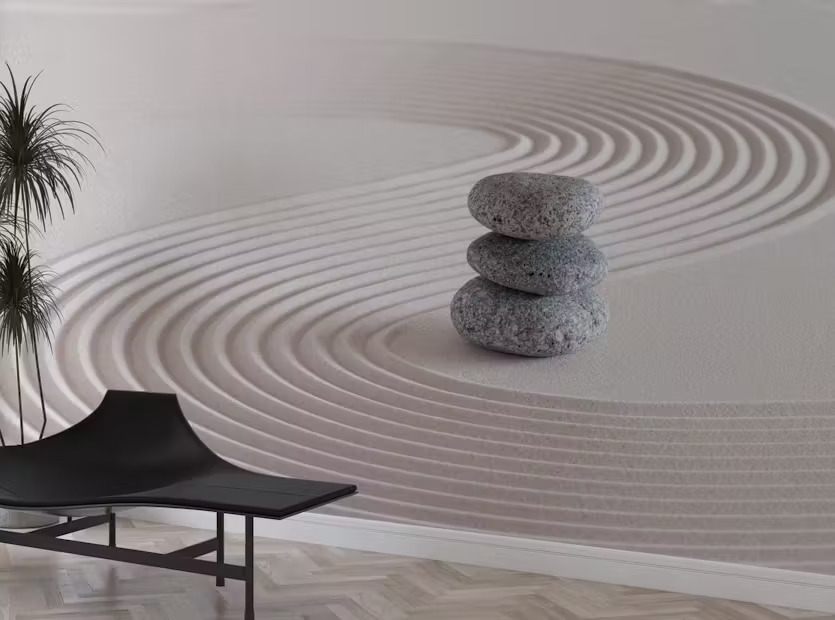Textured wallpaper is becoming a favorite choice in modern homes. It offers a refined look while giving walls a sense of depth. With the growing interest in contemporary interior design, more people are choosing wallpaper that feels as good as it looks.
The Appeal of Textured Wallpaper
Homeowners and designers are leaning toward textured wallpaper for its ability to add dimension without overwhelming a space. Unlike traditional flat designs, textured surfaces interact with light and shadows, making walls feel more dynamic. This effect works well in both large and small rooms, giving them a layered look that paint alone cannot achieve.
Popular Texture Wallpaper Trends
Textured wallpaper comes in many styles, ranging from subtle weaves to bold patterns. Some of the most popular trends include natural fibers, embossed patterns, and metallic finishes.
- Linen and Fabric Textures
Soft, woven textures inspired by linen and silk give walls a sophisticated appearance. These wallpapers work well in bedrooms and living areas where a calm and refined atmosphere is preferred.
- Grasscloth and Natural Materials
Grasscloth wallpaper, made from woven plant fibers, has become a key element in contemporary interior design. It gives walls a tactile quality that feels organic and timeless. Its neutral tones fit well with minimalist spaces, adding warmth without drawing too much attention.
- Embossed and Raised Patterns
Designs with raised surfaces bring a decorative touch to interiors. Damask, floral, and geometric embossed wallpapers offer a balance of texture and pattern, making them a good choice for accent walls.
- Metallic and Shimmering Finishes
Wallpapers with subtle metallic accents reflect light in a way that adds a soft glow to a room. These designs are often used in dining areas or hallways where a bit of depth is needed.
The Influence of Textured Wallpaper in Contemporary Interior Design
Textured wallpaper fits well within contemporary interior design, which focuses on clean lines and balanced materials. Many modern homes use neutral color palettes, and textured wallpaper provides an extra layer of interest without relying on bold colors.
Another reason for its popularity is its versatility. It works in various spaces, from formal dining rooms to cozy bedrooms. A soft, fabric-like texture can make a space feel more inviting, while structured geometric patterns can introduce a sense of order.
Where to Use Textured Wallpaper
This type of wallpaper is often chosen for accent walls, but it can also cover entire rooms for a seamless look. Some of the best areas for textured wallpaper include:
- Living Rooms
A textured wall in a living space can break the monotony of plain walls while keeping the design simple. Neutral textures pair well with modern furniture and natural lighting.
- Bedrooms
Soft textures such as linen or suede finishes can make a bedroom feel more restful. Light colors and delicate patterns keep the space from feeling too heavy.
- Dining Areas
Textured wallpaper with metallic details can add a subtle contrast to dining spaces. These designs work well with modern lighting fixtures and simple furnishings.
- Hallways and Entryways
- Since these areas are often overlooked, textured wallpaper provides a way to introduce character without too much effort. A neutral pattern or a woven design can give these spaces a polished look.
Conclusion
Textured wallpaper continues to be a strong choice in home décor. With its ability to bring depth and variation to walls, it complements a range of interior styles. Whether used in a modern apartment or a traditional home, textured wallpaper offers a way to highlight a space without overpowering it.





Comments